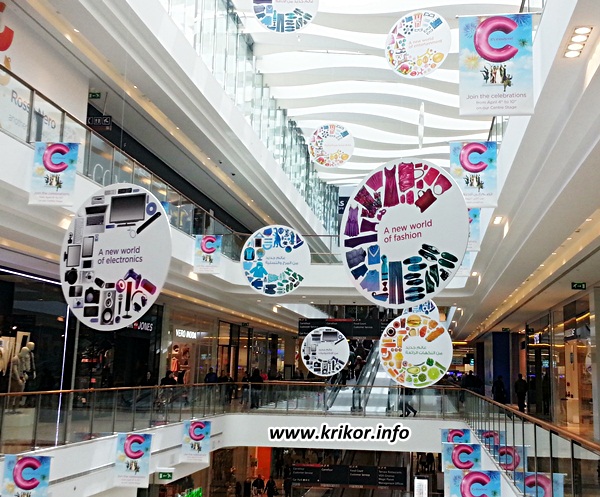Retail Catastrophe

The death toll from the Thursday evening 21[11]2013 rush-hour roof collapse at the Maxima supermarket in Riga, Latvia’s capital had risen to at least 54, including three firefighters, police said.
A roof garden was under construction at the time of the collapse and police have launched a criminal investigation into the cause disaster.
Run by the Lithuanian-owned Maxima chain – Latvia’s number two retailer – the supermarket was built in 2011 and was named one of the country’s top three architecture projects that year.
Maxima published a statement on its website saying the company was “overwhelmed and shocked” by the disaster but that it was not yet aware of the cause and was providing “all the information at our disposal” to the authorities.
The supermarket collapse is the Baltic state’s deadliest accident since it won independence from the Soviet Union in 1991, the LETA news agency reported. Latvia’s previous most deadly accident was a nursing home fire that killed 26 people in 2007.






 According to estimations included in the PMR report entitled “Private label in Poland 2012. Market analysis and development forecasts for 2012-2014”, the value of the private label market increased by 18%, thus reaching almost PLN 29bn (€7bn) in 2011.
According to estimations included in the PMR report entitled “Private label in Poland 2012. Market analysis and development forecasts for 2012-2014”, the value of the private label market increased by 18%, thus reaching almost PLN 29bn (€7bn) in 2011. In the retail universe, SRP and RRP mean respectively Shelf-Ready Packaging and Retail-Ready Packaging.
In the retail universe, SRP and RRP mean respectively Shelf-Ready Packaging and Retail-Ready Packaging. 